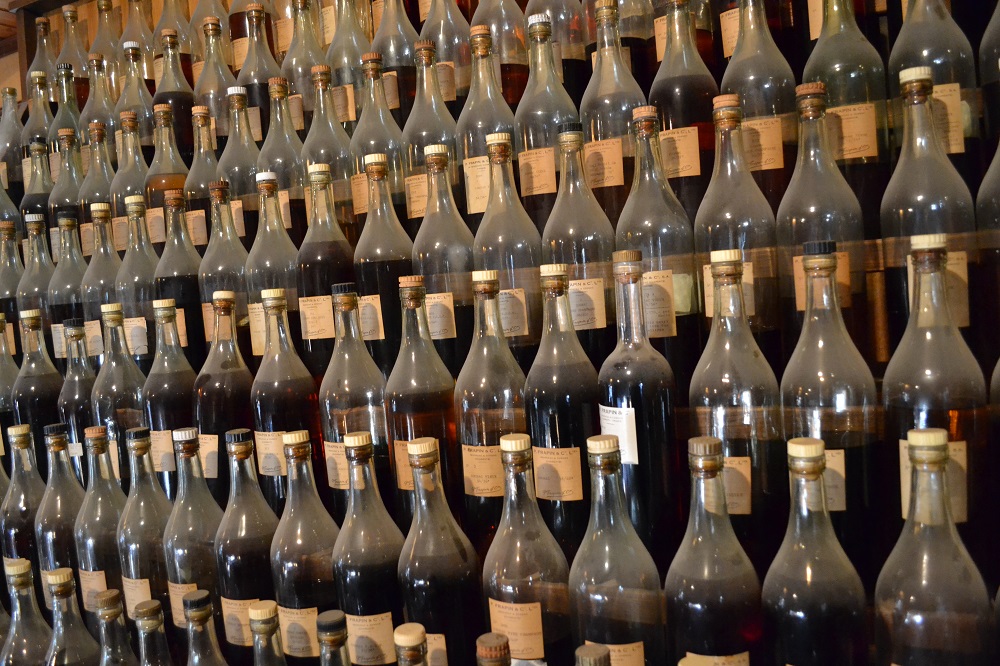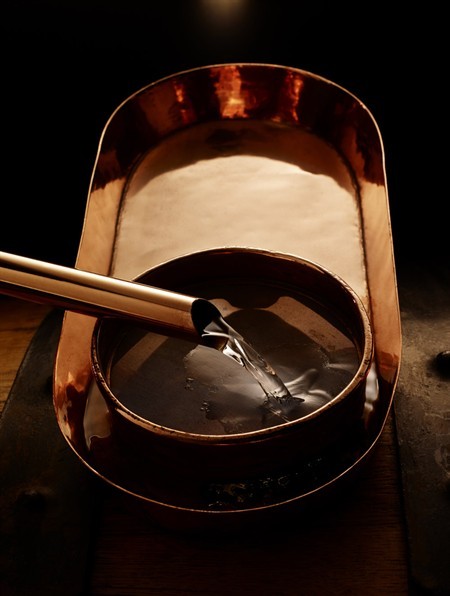The art of blending Cognac is a complex and fascinating process that requires skill, experience, and a keen sense of taste. The master blender plays a crucial role in selecting and combining eaux-de-vie to achieve the desired taste and aroma of the final product. The blending process can involve up to 100 different eaux-de-vie, each with its own unique characteristics, and the aging process is essential to the development of the Cognac’s complex flavors and aromas.
The Role of Eaux-de-Vie in Cognac Blending
Eaux-de-vie, which translates to “water of life,” are the unaged, clear spirits distilled from grapes grown in the Cognac region of France. These spirits are the building blocks of Cognac, and each eau-de-vie brings its own unique characteristics to the final blend.
The blending process is essential to achieving the desired taste profile of Cognac. The master blender, or “maître de chai,” carefully selects and combines different eaux-de-vie to create a harmonious and complex flavor. The blending process can involve mixing up to 100 different eaux-de-vie, each with its own distinct aroma, flavor, and mouthfeel.
The Importance of Aging and the “Angel’s Share”
Aging plays a significant role in the development of Cognac’s flavors and aromas. The eaux-de-vie are aged in oak barrels, which impart a range of flavors and aromas to the spirit, including vanilla, spice, and dried fruit.
During the aging process, a portion of the Cognac evaporates, known as the “angel’s share.” This loss of liquid concentrates the flavors and aromas in the remaining Cognac, further enhancing its complexity. The longer the Cognac is aged, the more complex and refined its flavor becomes.
The Role of the Master Blender
The art of blending Cognac is a complex and delicate process that requires skill, experience, and a keen sense of taste. The master blender is responsible for selecting and combining eaux-de-vie to create a harmonious blend that achieves the desired taste profile.
The master blender must consider the different characteristics of each eau-de-vie, including its age, grape variety, and the region in which it was produced. They must also take into account the aging conditions, such as the type of oak barrel used and the humidity and temperature of the cellar.
The master blender must also have a vision for the final product, considering the desired taste, aroma, and mouthfeel of the Cognac. They must be able to anticipate how the different eaux-de-vie will interact and develop over time, ensuring that the final blend is balanced, complex, and of the highest quality.
Ultimately, the art of blending Cognac is a testament to the skill and dedication of the master blender, who works tirelessly to create a premium taste that is enjoyed by Cognac lovers around the world.


